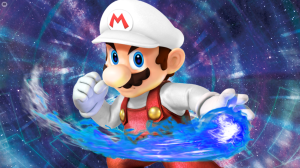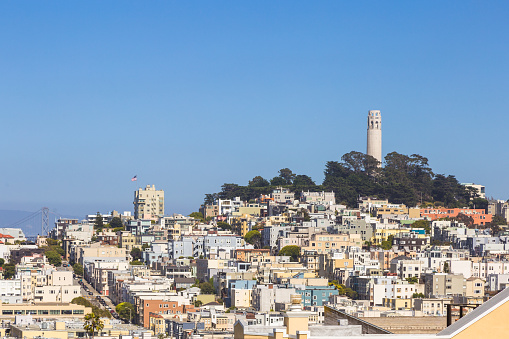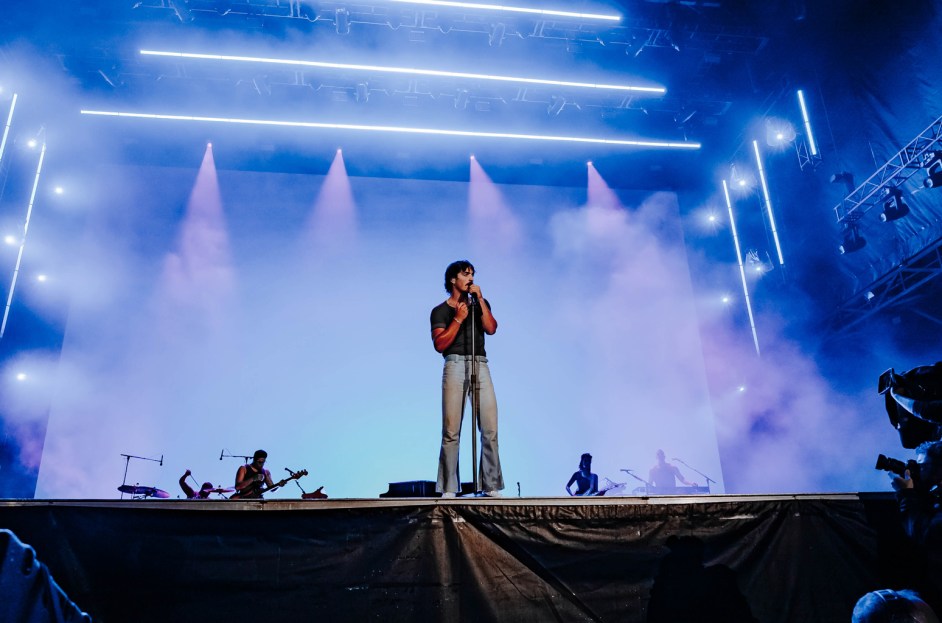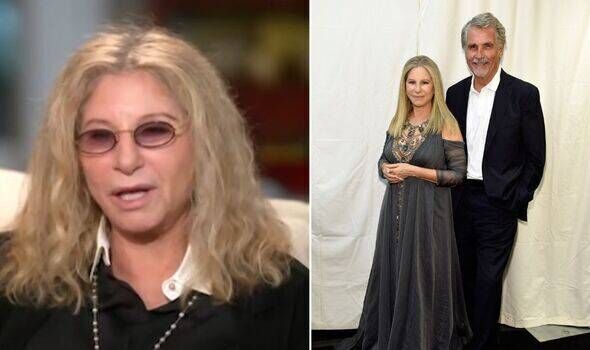HBO’s Harry Potter TV Show Faces Crucial Visual Challenge

The highly anticipated Harry Potter television series from HBO and Warner Bros. is set to adapt J.K. Rowling’s beloved novels over a decade-long project. As fans eagerly await its release, discussions about casting and faithfulness to the source material abound. Yet, a more pressing concern looms over the production: how the magical elements will be visually represented on screen. The reliance on digital effects versus practical effects will significantly impact the series’ success.
When the original Harry Potter film, *Harry Potter and the Sorcerer’s Stone*, premiered in 2001, it marked a pivotal moment in Hollywood’s approach to visual storytelling. While computer-generated imagery (CGI) was becoming more prevalent, directors still favored practical effects. For instance, the floating candles in the Great Hall were real, and *Harry Potter and the Prisoner of Azkaban* featured a physically constructed triple-decker bus. These tangible effects grounded the magical world, allowing audiences to connect with the characters and settings on a deeper level.
Fast forward to 2025, the landscape of film production has evolved dramatically. Many studios now prefer shooting with green screens, relying heavily on visual effects artists to create magical environments in post-production. Although this method streamlines filming and allows for creative control, it often results in a polished but weightless aesthetic. The backlash against excessive reliance on CGI was evident in *Fantastic Beasts: The Crimes of Grindelwald*, which received criticism for its lackluster visual quality.
The challenge for the new series is to maintain the immersive qualities that made the original films resonate with audiences. Rowling’s narratives are rich with vivid imagery, from unforgivable curses to moving staircases. If Episode 1 introduces iconic locations like Diagon Alley using digital renderings alone, it risks alienating the very fans it aims to attract.
Balancing Practical and Digital Effects
A notable example of successful practical effects in the original series was the Mirror of Erised. This physical prop allowed actor Daniel Radcliffe to engage with an object that felt real, enhancing the emotional impact of the scene. Similarly, Richard Harris’s portrayal of Dumbledore was enriched by authentic candlelit corridors, which added depth to the characters’ interactions. Such practical elements not only aid performers in immersing themselves in their roles but also create a more believable experience for viewers.
As the series progresses, the potential for innovative effects remains. For instance, by the time *Harry Potter and the Order of the Phoenix* was released, the franchise had integrated advanced animatronics with CGI, exemplified in the vibrant depiction of the Hippogriff Buckbeak. This approach melded physical presence with digital enhancements, creating memorable scenes that felt grounded in reality. In contrast, the later *Hobbit* films have been criticized for prioritizing digital effects over practical storytelling, a direction fans hope the new series will avoid.
The pilot episode is expected to feature pivotal scenes such as Harry conversing with a snake at the zoo and receiving his Hogwarts letters. These moments will set the tone for the series, determining whether it can recreate the enchantment of the Wizarding World. Constructing a realistic Great Hall with actual candles, despite the additional time and resources required, may be essential in establishing authenticity from the outset.
The VFX Industry’s Role
Another critical aspect influencing the show’s visual quality is the current state of the visual effects industry. Many digital artists face overwhelming workloads and tight deadlines, often resulting in subpar final products. Recent criticisms aimed at major studios like Marvel highlight the need for better treatment of VFX teams. To ensure high-quality effects in the Harry Potter series, it is crucial to allocate sufficient time and resources for artists to execute their work effectively.
Positive examples exist within contemporary television that demonstrate the potential of marrying practical effects with digital enhancements. HBO’s *House of the Dragon* effectively integrated real sets and props alongside visual effects, allowing dragons to feel more authentic within their environments. Similarly, Amazon’s *The Lord of the Rings: The Rings of Power* received praise for its commitment to using real locations in New Zealand, despite mixed reviews regarding its storytelling.
As the new Harry Potter series prepares to premiere, it faces scrutiny not only for its fidelity to the original novels but also for its visual execution. Audiences can discern the difference between authentic, in-camera creatures and hastily produced digital effects. Ultimately, the series’ success will hinge on its ability to evoke the sense of wonder that has captivated fans for decades.
In this context, the upcoming pilot will be a defining moment. It will reveal whether the series can capture the essence of the Wizarding World, creating a fresh yet familiar experience for long-time fans. As anticipation builds, viewers remain hopeful that this new venture can honor the legacy of its predecessors while forging its own identity.





